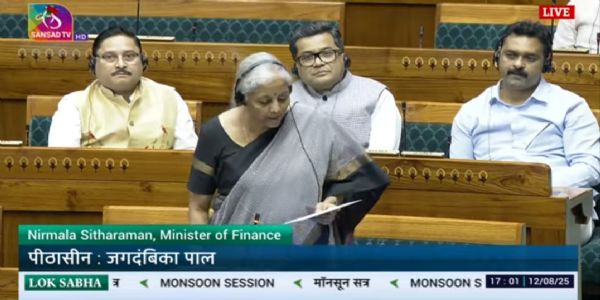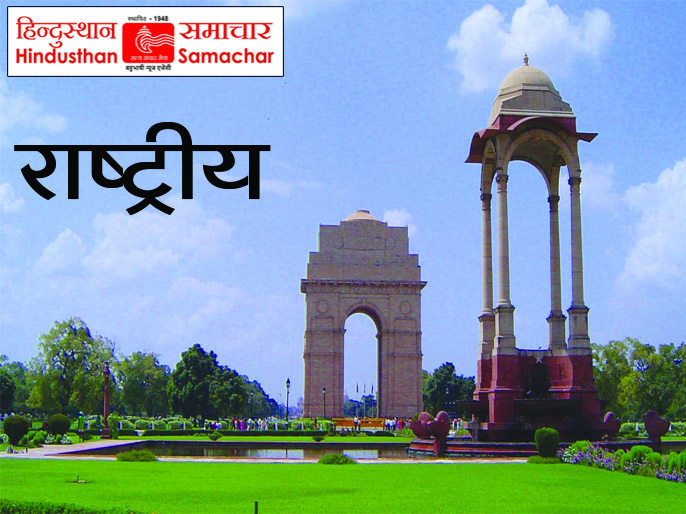
-11.16 km extension with 12 stations to link heritage hubs, ease congestion, cut emissions, and boost economic growth — taking Lucknow’s metro network to 34 km
New Delhi, August 12(HS):
The Union Cabinet chaired by Prime Minister Narendra Modi has approved Phase‑1B of the Lucknow Metro Rail Project, a ₹5,801‑crore expansion that will weave 11.165 km of new track and 12 metro stations — including 7 underground and 5 elevated — into the city’s growing rapid transit grid. Once completed, Lucknow’s metro network will span 34 km, cementing its role as a backbone of urban mobility in the Uttar Pradesh capital.
Metro Extension into the Heart of Old Lucknow
Phase‑1B is not just a transport project — it is an urban renewal effort aimed at bringing fast, efficient connectivity to the historic and densely populated quarters of Old Lucknow, areas long hampered by narrow roads and persistent congestion.
The new corridor will directly link:
- Bustling commercial hubs: Aminabad, Yahiyaganj, Pandeyganj, Chowk
- Healthcare anchor: King George’s Medical University (KGMU)
- Tourism icons: Bara Imambara, Chota Imambara, Bhool Bhulaiya, Clock Tower, Rumi Darwaza
- Legendary food districts that define Lucknow’s culinary heritage
By integrating these zones into the metro network, the project is expected to stimulate trade, tourism, and daily commuting efficiency for residents and visitors alike.
Easing Congestion, Cutting Emissions
The corridor is set to take pressure off Old Lucknow’s crowded arteries, offering a high‑capacity, low‑emission alternative to road transport. Projections suggest substantial reductions in travel times, vehicular traffic, and carbon emissions, improving both mobility and air quality.
Road decongestion will also enhance traffic safety and streamline movement across the city, particularly on routes notorious for gridlock.
Economic Catalyst with Social Benefits
- Beyond infrastructure, Phase‑1B is positioned as a socio‑economic driver.
- Better connectivity to airports, railway stations, and bus depots will improve workforce mobility.
- Areas surrounding new metro stations are expected to see a surge in footfall, retail activity, and property development.
- Wider access to affordable public transport will bridge mobility gaps across socio‑economic groups, reducing inequality in access to jobs, healthcare, and education.
A Forward-Looking Urban Blueprint
Urban planners say Phase‑1B aligns with Lucknow’s sustainable growth strategy, marrying heritage conservation with modern infrastructure. It positions the city for transit‑oriented development, encouraging denser, greener, and more walkable neighbourhoods.
With its mix of underground and elevated stretches, the phase not only extends the metro’s reach but also showcases engineering adaptability in a heritage-rich urban setting. The project is expected to generate substantial employment during its construction phase, with long‑term benefits for both residents’ quality of life and Lucknow’s economic competitiveness.
---------------
Hindusthan Samachar / Jun Sarkar








